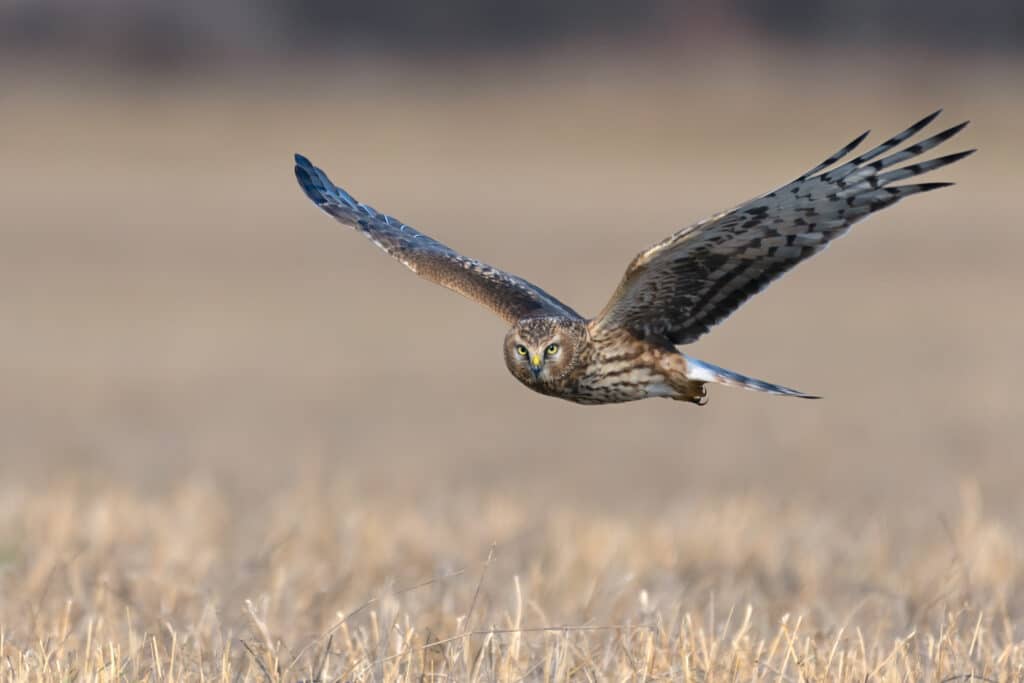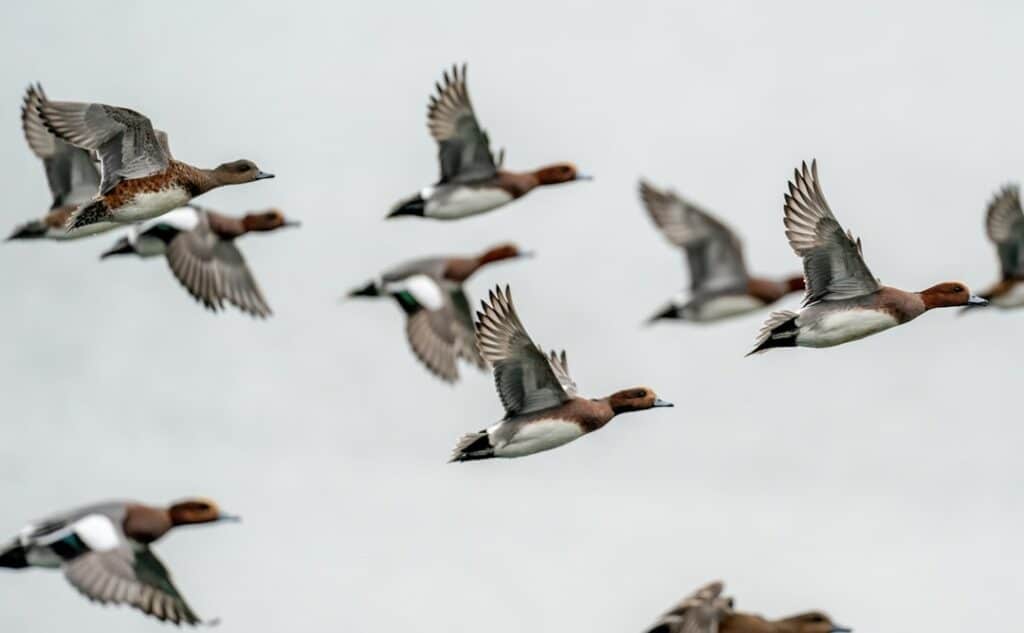What is grouse shooting?
Put simply, grouse shooting is the annual slaughter of hundreds of thousands of Red Grouse, which are shot as live targets between the now infamous 12th of August (the ‘Ingorious 12th’) and December 10th (the period which makes up the so-called ‘open season’ for shooting Red Grouse).
But just as with ‘pheasant shooting’, this isn’t something that can or should be put simply. It is a major element of a horrifying industry that involves the killing of huge numbers of birds for fun, the destruction of thousands of foxes and native predators, routine and widespread raptor persecution, and the intensive management of huge areas of the uplands (including rotational heather burning) solely to produce a ‘surplus’ of grouse for the gun.

Some key facts:
- The main species shot is the Red Grouse (Lagopus scoticus), a endemic bird found in heather moorland across England and Scotland with a localised and declining population in Ireland and Northern Ireland.
- Considered the same species as the European Willow Ptarmigan until recently, the International Ornithological Congress split Red Grouse from Willow Ptarmigan – meaning shooting estates and their customers are killing one of just two species of bird entirely confined to the British Isles.
- Unlike pheasants, grouse are not raised in captivity and released to be shot. All grouse shot in the UK are wild birds for the whole of their lives.
- They are though intensively reared: in some areas of managed moorland, Red Grouse populations are 10x their natural density.
- Because of the intense ‘stocking’ of Red Grouse disease is rife and medicated grit trays are a common sight across many moors.
- The amount of supposedly protected land devoted to grouse shooting is enormous. A staggering 44% of the Cairngorms National Park, 28% of the North York Moors NP and a fifth of the Peak District NP is managed for intensive grouse shooting.
- Grouse used to be shot in small numbers by a shooter ‘walking up’ and flushing them. Now almost all grouse are killed by shooters hiding in lines of ‘butts’ as beaters repeatedly flush the birds towards them.
- Because wild birds of all species are naturally subject to predation by other animals, grouse shooting estates wage a year-round war on predators, laying tens of thousands of traps and snares across grouse moors to help ensure a ‘surplus’ of birds.
- No data is kept on the number of foxes, stoats, weasels, and corvids (crows) killed on grouse moors and their populations are not properly monitored or fed into nataional databases. The aim is simply to remove them entirely so that more grouse can be raised to be shot.
- A study on Langholm Moor in the 1990s found that intensive grouse shooting was not finacially viable where birds of prey populations were flourishing

Raptor Persecution – the illegal killing of birds of prey
The studies on Langholm Moor were hugely significant, because they proved that birds of prey like Hen Harriers, which normally take a very wide range of prey items including Meadow Pipits and rodents, readily took grouse chicks where they were unnaturally abundant on intensively managed moors.
This confirmed suspicions that profit-driven and intensively-managed grouse moors were essentially ‘no go’ areas for birds of prey – all of which are protected by law of course.
Sattelite-tagging (placing lightweight tags under licence on, especially, Hen Harriers) has proved the routine persecution of birds of prey taking place on grouse moors. The government’s own research showed that 72% of tagged Hen Harriers were confirmed or considered likely to have been illegally killed, and that this was ten times more likely to occur over areas of land managed for grouse shooting relative to other land uses. The website Raptor Persecution UK which tracks crimes against birds of prey states that 118 Hen Harriers were killed (or disappered in ‘suspicious circumstances’) between 2018 and the end of 2023.
In 2022, Steven Ewing, RSPB Senior Conservation Scientist said that Hen Harriers have been legally protected in the UK for almost 70 years, but a recent study added “to the already overwhelming evidence base that illegal killing remains a key cause of this species’ low population size and its ongoing absence from large areas of the uplands, particularly grouse moors”.
In April 2023 a scheme being run in the Peak District to increase raptor populations closed after twelve years. Shelving the Peak District Bird of Prey Initiative, the Peak District National Park Authority said that, “Incidents of shooting, poisoning, trapping, nest destruction or the disappearance of satellite-tracked birds active within the Peak District have featured in every year of the initiative’s monitoring.”
Where are the conservationists?
Despite the damage caused by grouse shooting, Red Grouse receive virtually no protection at all from conservation organisations which argue that they don’t have the resources to protect all species and can only focus on ones of conservation concern.
What additional resources would it take to allow Red Grouse - social, sentient animals, perfectly evolved for living in damp, often cold conditions - to breed in relative peace on the moors they’ve bred on for thousands of years though?
Ignoring the shooting of up to half a million birds because they’re 'not rare enough' is not a position Protect the Wild will ever support.

READ OUR RECENT SUBSTACK ARTICLES ABOUT THE SHOOTING INDUSTRY
Hen Harrier ‘successes’ don’t tell the full story (October 2025)
Epidemic of Gun Violence Engulfs 50 Million Victims Each Year (October 2025)
Red Kite poisoned with banned pesticide (September 2025)
Satellite-tagged Golden Eagles missing near Langholm (September 2025)
Dead ducks and geese: Lindisfarne, NE, and BASC (September 2025)
